Cutting A Pindo Palm Back: When Do Pindo Palms Need To Be Pruned
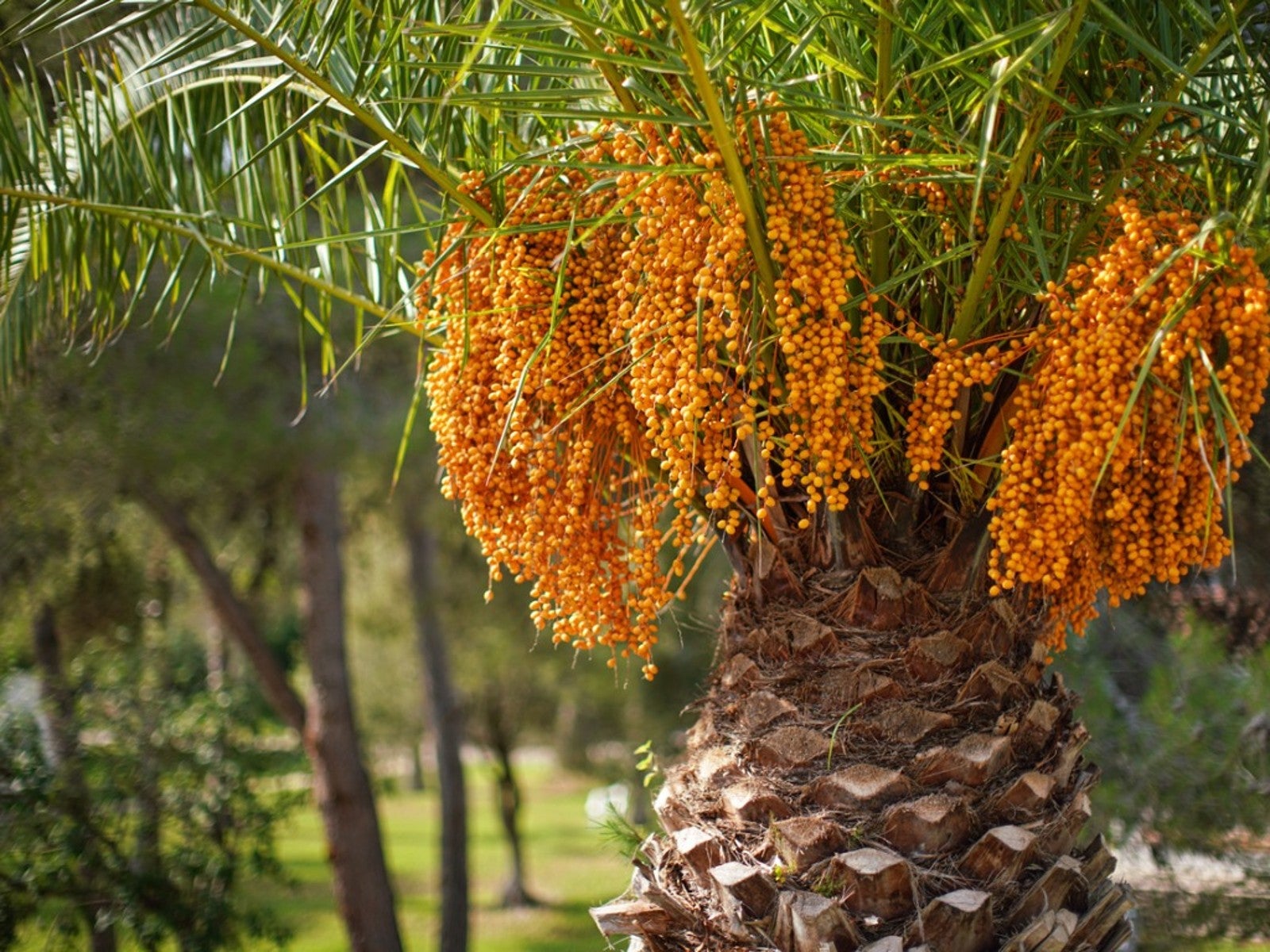

The pindo palm (Butia capitata) is a thick, slow growing palm tree that is popular in zones 8 through 11, where it’s winter hardy. Palm trees come in a wide variety of shapes, sizes, and species, and it’s not always clear how much each tree needs to be pruned, if at all. Keep reading to learn more about how and when to prune a pindo palm tree.
Do I Prune a Pindo Palm?
Do pindo palms need to be pruned? If you are lucky enough to have a pindo palm growing in your garden, you might be tempted to cut it back. As the palm grows, it does have a tendency to get a little ragged looking. Each year the tree will produce eight new leaves. The leaves actually consist of a 4 foot (1 m.) long stem that’s covered in spines and 10 inch (25 cm.) long leaves that grow out of it in opposite directions.
As these branches of leaves age, they curl down toward the trunk of the tree. Eventually, the older leaves will turn yellow and finally brown. While it may be tempting, you should not cut back the leaves unless they are completely dead, and even then, you need to be careful about it.
How to Prune a Pindo Palm
Cutting a pindo palm back should only be done if the leaves are completely brown. Even then, make sure not to cut them down flush with the trunk. The rough appearance of a pindo palm’s trunk is actually made up of the stubs of dead leaves. Make sure to leave several inches (8 cm.) of stem or you risk opening up the tree to infection.
One case in which cutting a pindo palm back is completely okay is when the tree produces flowers. If left in place, the flowers will give way to fruit that, while edible, is often a nuisance when it drops. You can cut the faded flower stalks off to avoid the trouble of fruit litter.
Gardening tips, videos, info and more delivered right to your inbox!
Sign up for the Gardening Know How newsletter today and receive a free copy of our e-book "How to Grow Delicious Tomatoes".

The only child of a horticulturist and an English teacher, Liz Baessler was destined to become a gardening editor. She has been with Gardening Know how since 2015, and a Senior Editor since 2020. She holds a BA in English from Brandeis University and an MA in English from the University of Geneva, Switzerland. After years of gardening in containers and community garden plots, she finally has a backyard of her own, which she is systematically filling with vegetables and flowers.
-
 Create A Romantic Garden Straight Out Of Bridgerton: Regency Era Romance In Your Garden
Create A Romantic Garden Straight Out Of Bridgerton: Regency Era Romance In Your GardenTry some romantic garden ideas straight out of Bridgerton. Flowers and gardens in the Regency era were lush and charming and you can get the same look!
By Bonnie L. Grant
-
 Moody Blooms For Spring: 8 Types Of Black Flowers To Add Drama To Spring Displays
Moody Blooms For Spring: 8 Types Of Black Flowers To Add Drama To Spring DisplaysFrom midnight burgundies to inky violets, several types of black flowers can enrich and embolden a spring display. Try these brooding bloomers for a moody garden
By Tonya Barnett
-
Common Pindo Palm Pests – How To Control Pests Of Pindo Palm Trees
Pindo palms are generally very healthy trees if planted appropriately. However, there are a few insect pests of pindo palm trees, including the palm leaf skeletonizer and scale insect. For more information on pindo palm pest problems, click here.
By Teo Spengler
-
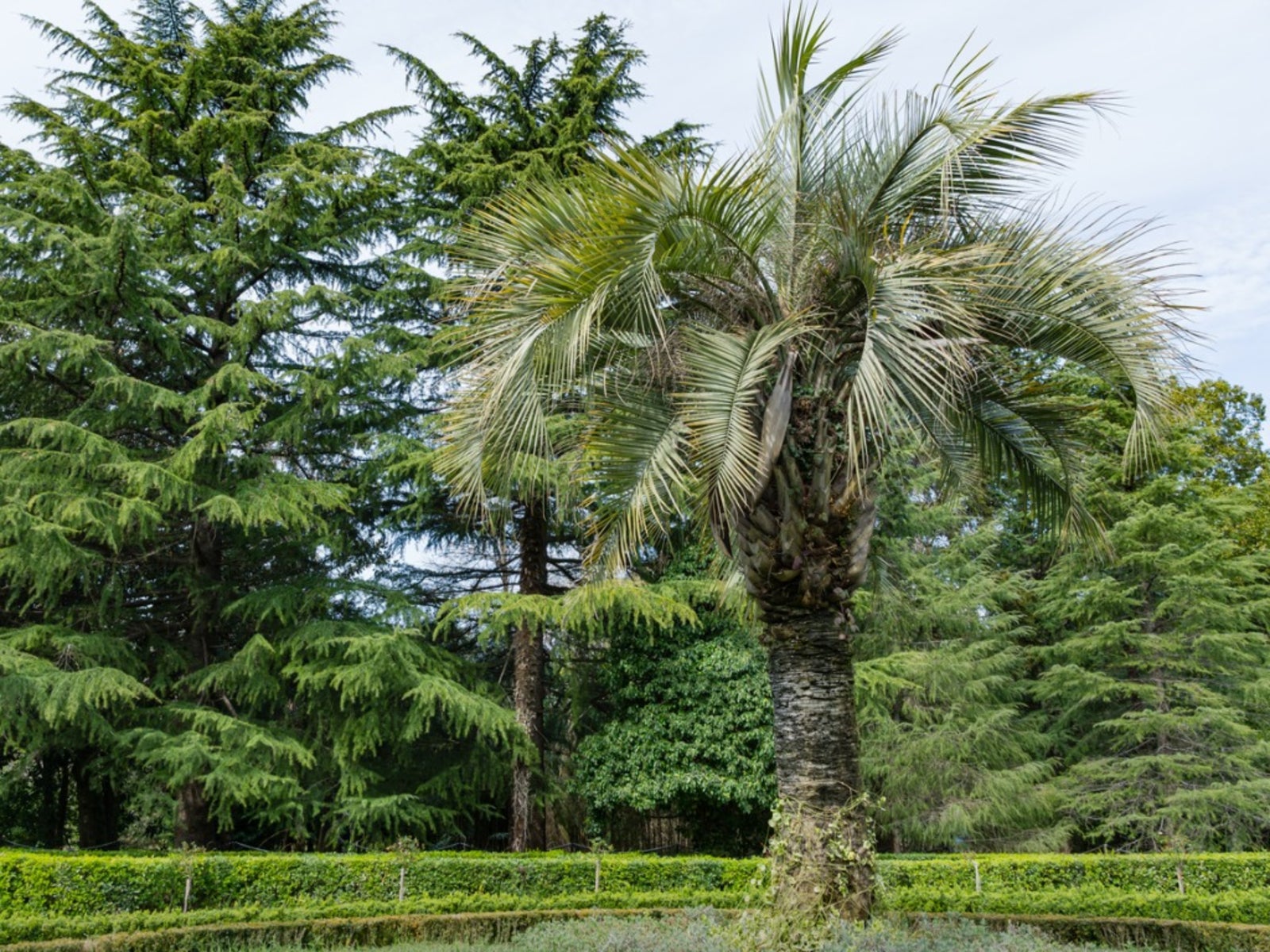 Is My Pindo Palm Dead – Treating Pindo Palm Freeze Damage
Is My Pindo Palm Dead – Treating Pindo Palm Freeze DamageCan I save my frosted pindo palm? Is my pindo palm dead? Even this tough palm can be damaged by a sudden cold snap. Click here and learn how to assess pindo palm frost damage. There’s a good chance the plant will rebound when temperatures rise in spring.
By Mary H. Dyer
-
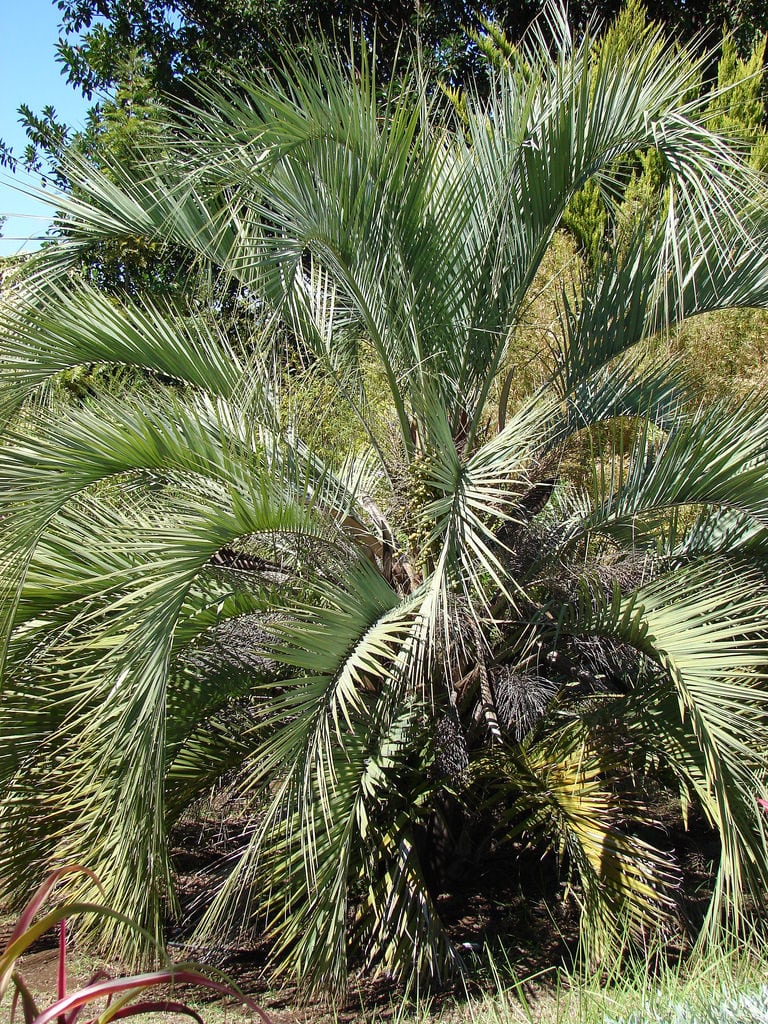 Pindo Palm Cold Hardiness – Can Pindo Palms Grow Outdoors In Winter
Pindo Palm Cold Hardiness – Can Pindo Palms Grow Outdoors In WinterYou may live where winter means sub-freezing temperatures and still be able grow pindo palm trees. It's possible for them to survive in your part of the world, but only with proper winter protection. For pindo palms, it's an ongoing process, and this article can help.
By Gardening Know How
-
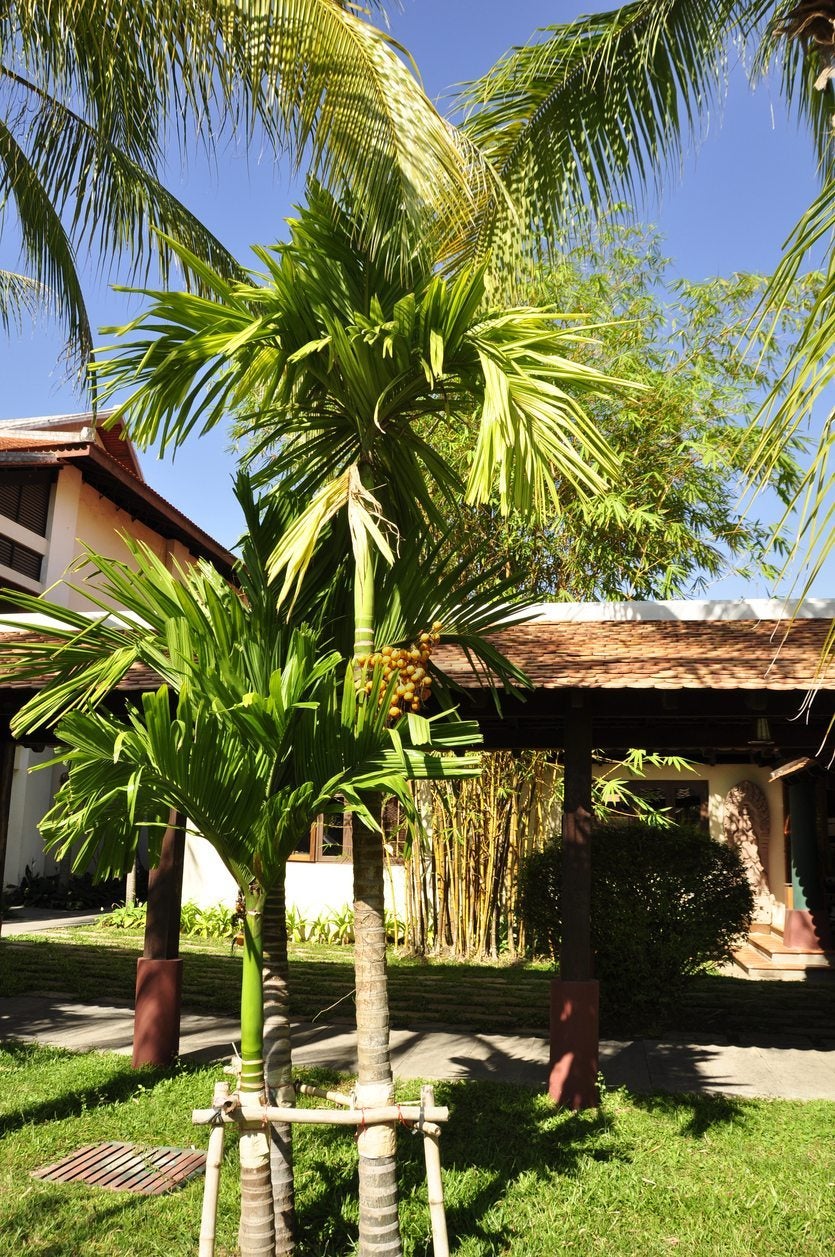 Pindo Palm Disease Info: Learn How To Treat Sick Pindo Palm Trees
Pindo Palm Disease Info: Learn How To Treat Sick Pindo Palm TreesPindo palm trees suffer from nutritional deficiencies but fungus or occasional bacteria are usually the causes of diseased pindo palm plants. Click this article for more information on pindo palm disease and what to do for prevention and control.
By Bonnie L. Grant
-
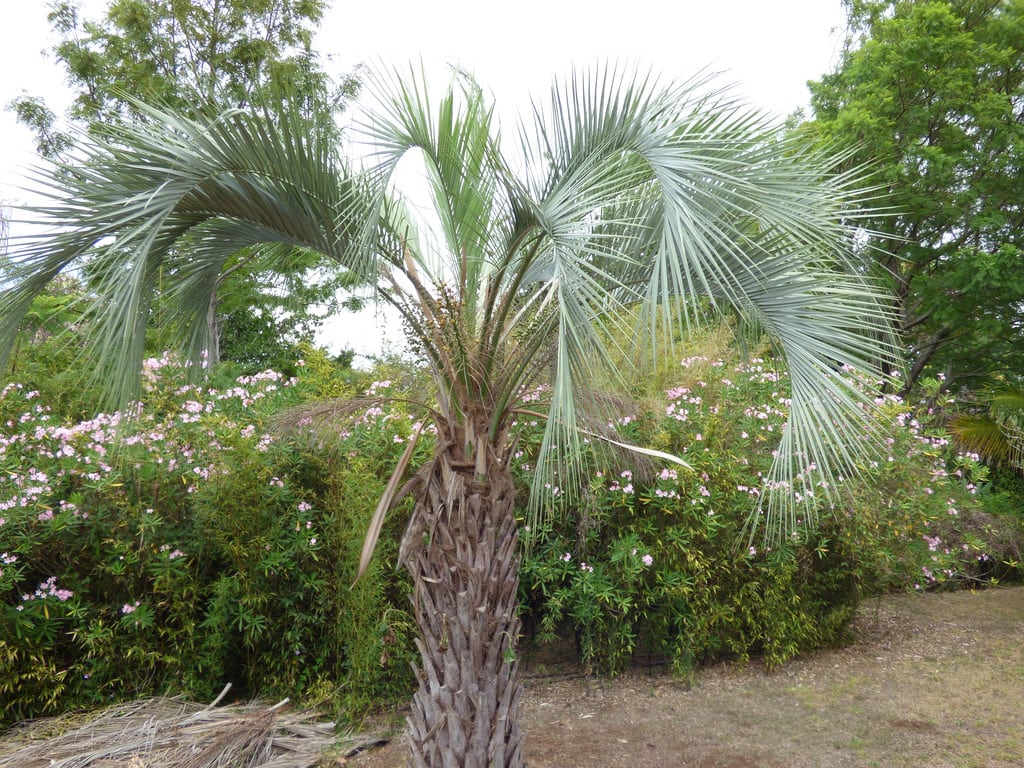 Pindo Palm Issues: Common Problems With Pindo Palms
Pindo Palm Issues: Common Problems With Pindo PalmsEven though they tolerate cold, you might still have issues with a pindo palm. Problems with pindo palms may be insect or disease related - or both. The following article contains information on common pindo palm problems and how to manage pindo palm issues.
By Amy Grant
-
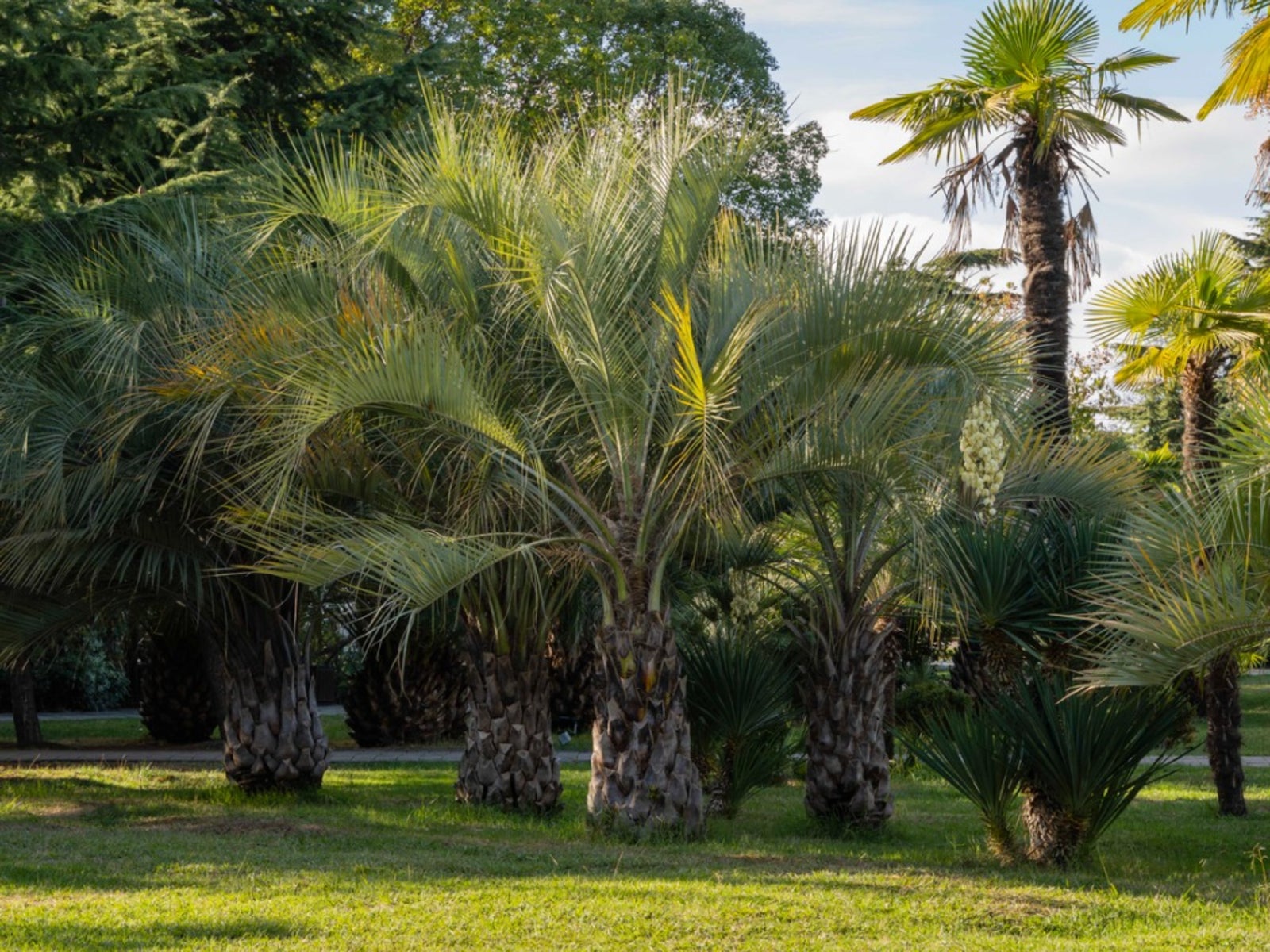 Pindo Palm Fertilizer Needs – Learn How To Feed A Pindo Palm Tree
Pindo Palm Fertilizer Needs – Learn How To Feed A Pindo Palm TreePindo palms are popular trees, especially in public landscapes. But homeowners and gardeners may find themselves wondering: how much fertilizer does a pindo palm need? Click here to learn more about pindo palm fertilizer needs and how to feed a pindo palm tree.
By Liz Baessler
-
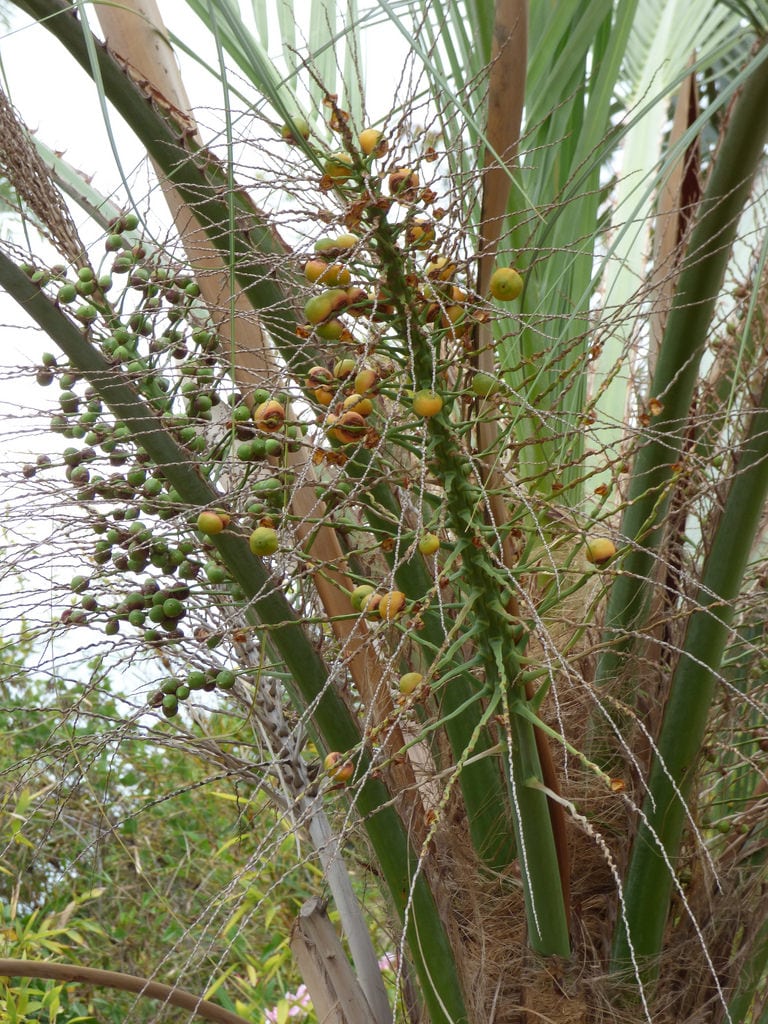 Pindo Palm Propagation: Learn About Propagating Pindo Palms
Pindo Palm Propagation: Learn About Propagating Pindo PalmsGerminating pindo palm seeds requires some patience and know how to get the process correct and achieve a baby palm. The following article outlines how to propagate a pindo palm with the steps needed for success. Click here to learn more.
By Bonnie L. Grant
-
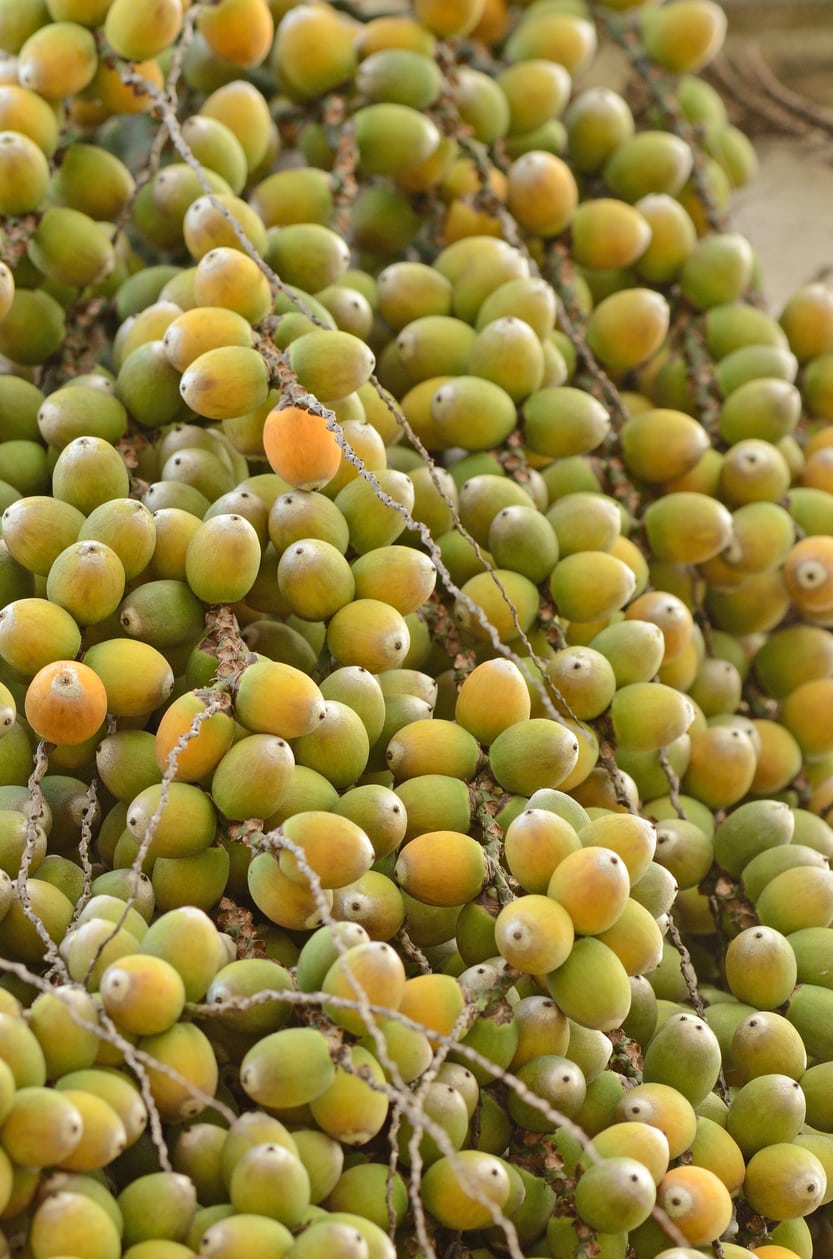 Jelly Palm Fruit Uses – Is The Fruit Of The Pindo Palm Edible
Jelly Palm Fruit Uses – Is The Fruit Of The Pindo Palm EdibleGrown both as an ornamental and for its tolerance to the hot, dry climate, pindo palm (jelly palm) trees bear fruit too, but the question is, "Can you eat pindo palm fruit?" Click this article to find out if the fruit of the pindo palm is edible and jelly palm fruit uses, if any.
By Amy Grant